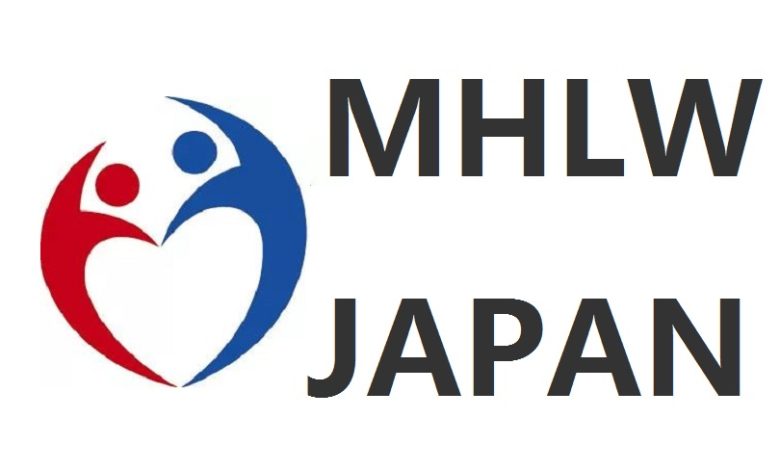Japanese Regulators Accept GSK’s Nucala Application For CRSwNP

GlaxoSmithKline (GSK) announced today that the Japanese Ministry of Health, Labour and Welfare (MHLW) has accepted a supplementary new drug application (sJNDA) for Nucala (mepolizumab), a monoclonal antibody designed to target interleukin-5 (IL-5). This application seeks approval for the treatment of chronic rhinosinusitis with nasal polyps (CRSwNP) in adult patients.
Background: CRSwNP affects a significant portion of the population, and in Japan alone, approximately 2 million individuals suffer from chronic sinusitis, with around 200,000 undergoing surgery due to nasal polyps. CRSwNP results from chronic inflammation of the nasal lining, often characterized by elevated levels of IL-5 and T2 inflammation, leading to the growth of nasal polyps within the sinuses and nasal cavity. Patients with CRSwNP experience symptoms such as nasal obstruction, loss of smell, facial pressure, sleep disturbances, and nasal discharge, with surgery often recommended for severe cases. However, nasal polyps have a tendency to reoccur, necessitating repeat surgeries.
Potential Breakthrough: If approved, mepolizumab would become the first anti-IL-5 biologic treatment available for adult patients with inadequately controlled CRSwNP in Japan. GSK has already secured approval for mepolizumab as a treatment for bronchial asthma in children aged 6 years or older, as well as for adults with refractory asthma unresponsive to standard treatments. Additionally, it is approved for adult patients with eosinophilic granulomatosis with polyangiitis (EGPA) who do not respond adequately to current treatment.
Clinical Trial Success: The sJNDA submission is based on results from the pivotal phase III MERIT trial, which assessed the efficacy and safety of mepolizumab over a 52-week period in Japanese, Chinese, and Russian patients with inadequately controlled CRSwNP or eosinophilic chronic rhinosinusitis (ECRS). The co-primary endpoints of the study were successfully met, demonstrating that the efficacy and safety of mepolizumab in the Japanese population were consistent with results from global trials.
About Nucala (mepolizumab): Mepolizumab is a monoclonal antibody targeting IL-5, a key cytokine responsible for eosinophil maturation and activation. Administering mepolizumab has been shown to reduce blood eosinophil levels and maintain them within the normal range, making it a promising treatment for IL-5 mediated diseases associated with elevated blood eosinophil counts. The drug has been extensively studied in over 4,000 patients across 41 clinical trials for various indications.
GlaxoSmithKline (GSK) is a global biopharmaceutical company dedicated to leveraging science, technology, and talent to advance disease prevention and treatment. GSK advises investors that forward-looking statements, including those within this announcement, are subject to potential risks and uncertainties that could lead to actual results differing from the projections. These risks and uncertainties are detailed in the company’s Annual Report on Form 20-F for 2022 and Q2 Results for 2023, as well as potential impacts related to the ongoing COVID-19 pandemic.





